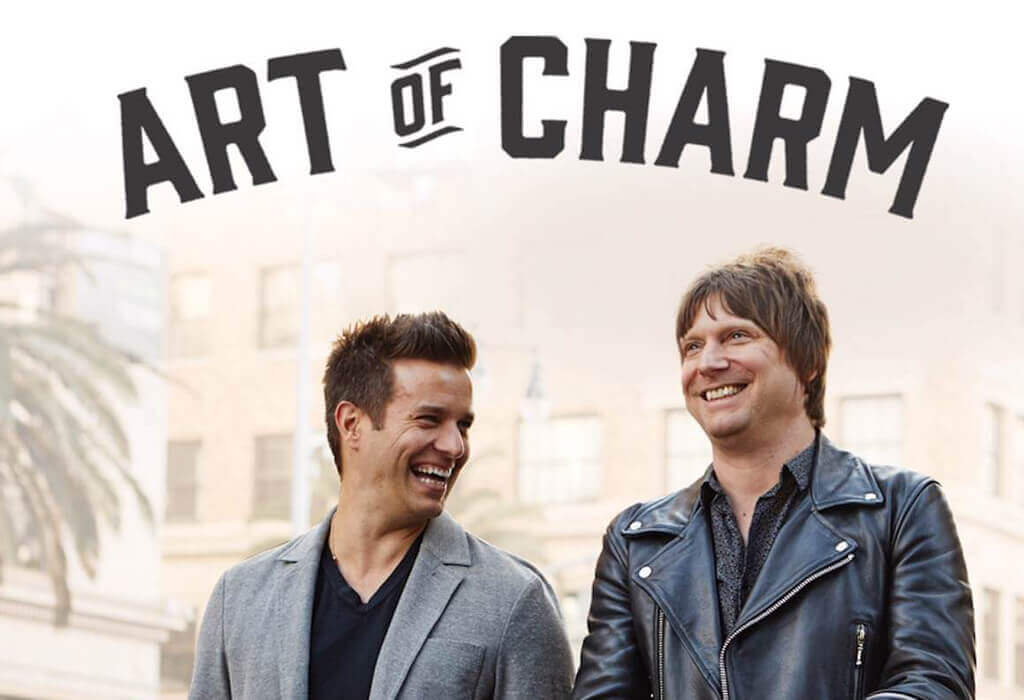Give a man a watch and he’ll know what time it is.
Give a man two watches and he’ll never know what time it is.
–Anon.
There can be an inverse correlation between the amount of information you get and the value of the information. Coaches in the huddle during timeouts say as little as possible. If they tell their players more than a couple of things, they tend to not remember any of it and will become mentally paralyzed.
Too much information becomes overwhelming.
People who live in big cities often don’t hear the sirens because they get so used to the constant noise of the streets. People who live near a train crossing learn to tune out the whistle. Sirens and train whistles can save lives, but not if they aren’t heard.
There is obviously value in information, but there is also a point of critical mass where you give the information less value than it needs because you tune it out or you give it all the same value when the truth is, much of it might be extraneous.
Twitter, although quite valuable in some ways, is a great example of this. During an election, it’s great to follow the progress. However, knowing that Susie is eating salad for lunch and Frank is excited that it’s Thursday isn’t really information. It’s noise.
The appeal of knowing “stuff” is alluring. Even television tells us, “The more you know…” However, that’s only true up to a point.
Knowledge is a means to application. Reading books can give you nothing but theory. Watching videos can give you nothing but theory. Until you take those theories out and start applying them, you have nothing but words in your head. Contrary to what you might think, you don’t really KNOW anything, because you have not experienced what those words have to offer.
The value in learning is in applying what you’ve learned to your life. Read something. Re-read it until you have the theory behind it absorbed thoroughly. Memorize it if you want.
Then TAKE IT OUT AND TRY IT. Apply it! Test it! See what happens! Give it a clinical trial. There is as much value in the negative results as there are in the positive.
There is no value in sitting around talking about it. None. Not until you’ve actually tried it. You can argue one side versus another, one school of thought against another school. However, it’s all mental masturbation until you actually GO and DO.
Stop sitting around comparing your watches, trying to decide which one is actually correct. Stop trying to get both watches in perfect sync. Stop glancing at both watches and comparing them every instance you need to know the time. Tune out the noise of an overwhelming amount of information. Study a little, then go out and use it and see what happens. Come back and compare it to the results you’ve read. Figure out what you might need to tweak and then head back out again!
All you need is a general idea and a direction – then it’s time for action!




